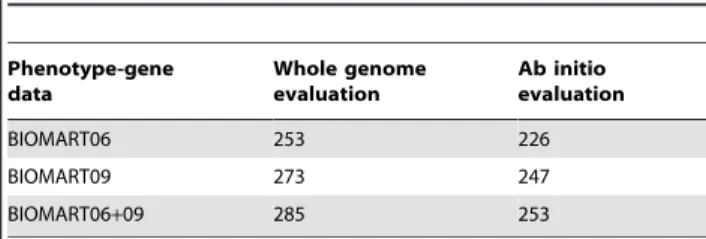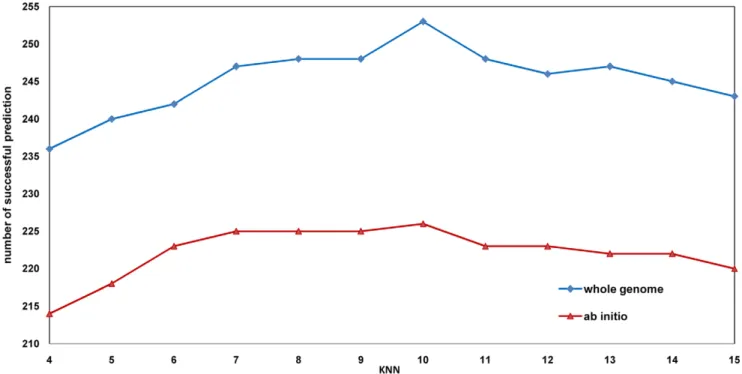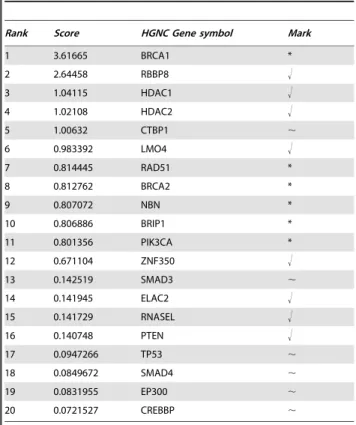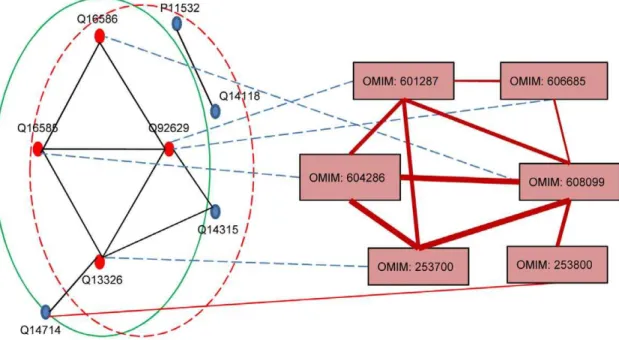Inferring gene-phenotype associations via global protein complex network propagation.
Texto
Imagem




Documentos relacionados
In this study, an artificial neural network method using the back-propagation algorithm was proposed for the prediction of ferric iron precipitation in uranium bioleaching
The EgoNet algorithm comprises four steps: constructing background protein-protein interaction (PPI) network (PPIN) based on gene expression data and PPI data; extracting
by common methods, and is followed by the biochemical markers analysis related to the affected protein and by the association with the final phenotype (disease or response to
In (Ankita Agarwal 2012), Ankita proposed a method based on Genetic Algorithm (GA) which is used to produce a new encryption method by exploitation the powerful features of
Here we propose a ranking method based on the random walk on the network representing the competitors as nodes and competitions as directed edges with asymmetric weights.. We use
This Proposed methodology provides a Comparative Analysis of three Algorithms such as Deep Learning Algorithm, Naive Bayes and Back Propagation Neural Network
By integrating gene expression signatures and somatic mutation data on a protein- protein interaction network, we show that the CRC recurrence phenotype involves the dysregulation
disease genes. We found that the eCTFMining method could take into account of different network topological features of genes in the biological network to characterize their

